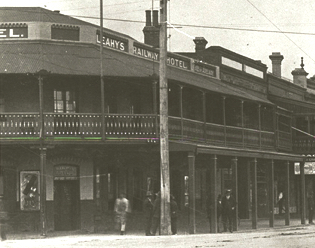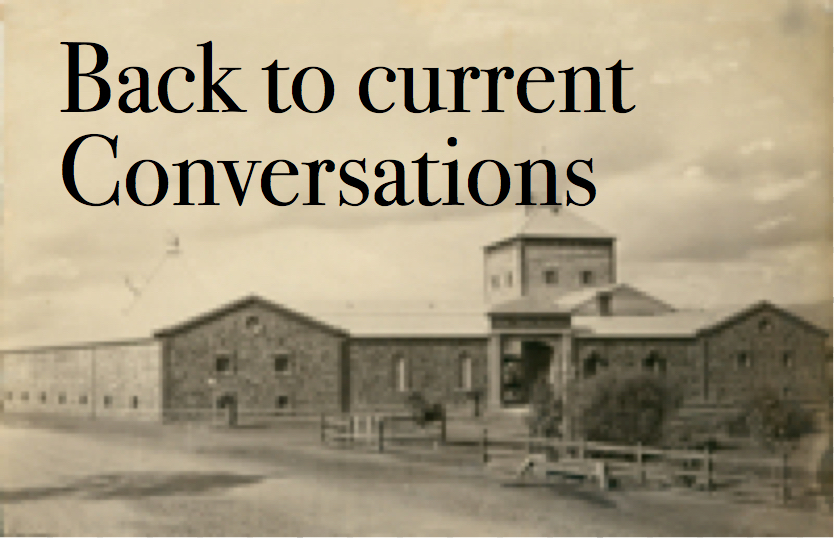

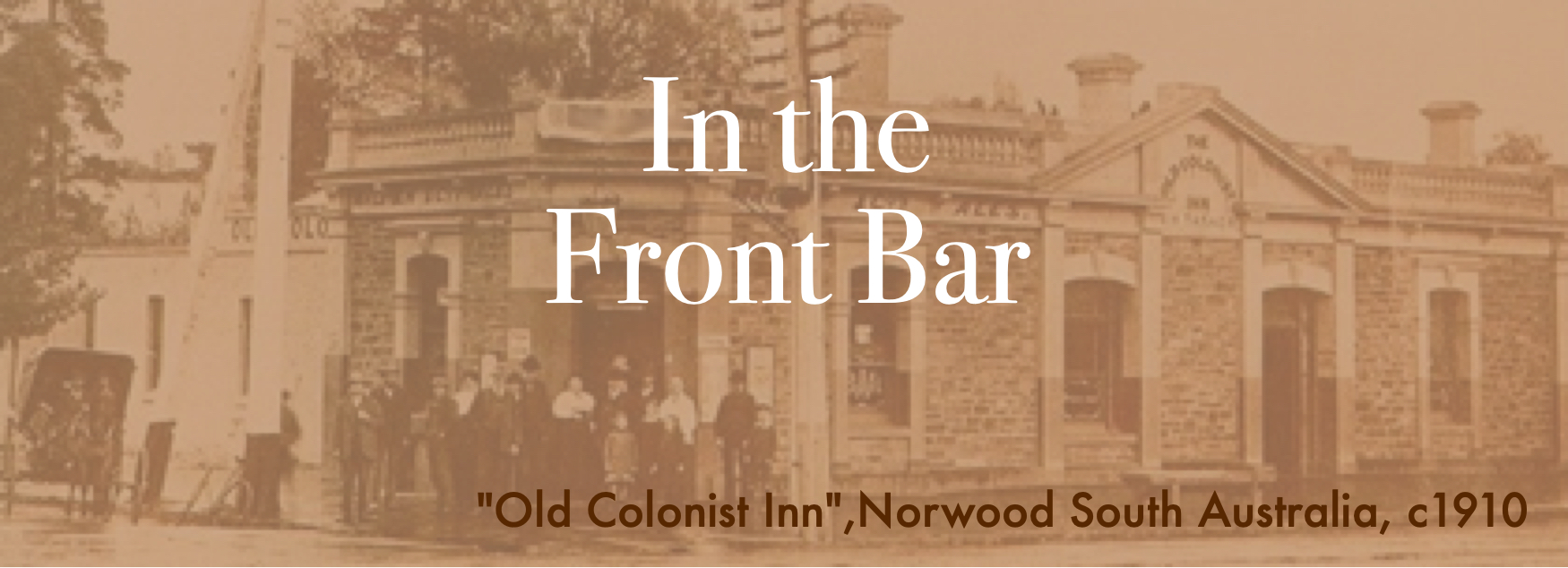
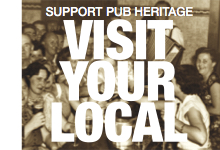
Searching for C. J. Dennis' pubs in Adelaide
|
A hundred years ago South Australian-born
C. J. Dennis, author of The Songs of a Sentimental Bloke (1915), The Moods of Ginger Mick (1916),
Doreen (1917) and The Glugs of Glosh (1917) and others, was arguably Australia's most popular and best
known poet. For most of his adult life, "Den" was also known to his close acquaintances to enjoy a drink...or two...or
three.., as he himself wrote, "quaffing long and quaffing often" ["A Ridiculous Request", The Gadfly, 14 February
1906]
From Dennis' biographies such as Dr Philip Butterss' recent, An Unsentimental Bloke: the life and work of C. J. Dennis (Wakefield Press, 2014) we know something of his drinking habits while he was in Adelaide. We know that, by this time, he was a heavy, binge drinker, indulging in frequent and often prolonged "absences without leave" that Dennis could not later recall. We know that, although he most likely drank in pubs, he often drank alone or at least not in the company of his close friends and colleagues. We know that he preferred whisky, beer and stout (in that order) to rum or wine. And, thanks to a note that he wrote to his friend and colleague, A. E. ("Archie") Martin probably in 1906, we know that Dennis sought inspiration or solace or temporary sanctuary from his demons in a drink or two, or three... and that he definitely did so at Tattersall's Hotel, on the corner of Hindley Street and Gilbert Place and now known as The Little Pub. Dennis lived in Adelaide continuously from 1898 to 1907, residing with his aunts in Norwood, but working in what had by then become the central business district, in the north-central part of Adelaide. He was employed as a journalist and then editor on The Critic ('A' on the map below or in a new window), from 1898 to 1899 and again from 1901 to 1906 and he was co-founder and editor of The Gadfly (B) from early 1906 until he moved to Melbourne at the end of 1907. At this time, the city boasted about 120 pubs, concentrated largely in the same area, and, as Pat Sumerling has written, ranging from respectable family accommodation to traditional 'local' pubs to insalubrious dives that offered whatever distractions customers could afford. Like anyone who lived or worked in the city, Dennis was certainly not limited in his choice of where he drank; he was likely to have preferred pubs that were, primarily, close to where he worked or conducted business or were near tram stops or cab ranks. In addition to proximity, he was likely to have frequented pubs that reflected his interests in sport, literature, the theatre and music and moderate left-wing politics, as well as his 'bohemian' lifestyle. |
 |
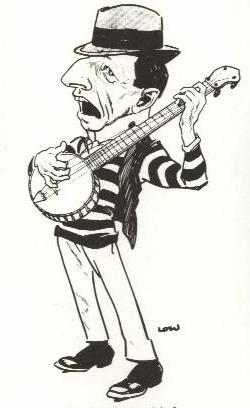
David Low's caricature of C. J. Dennis as a "Bloke", nd 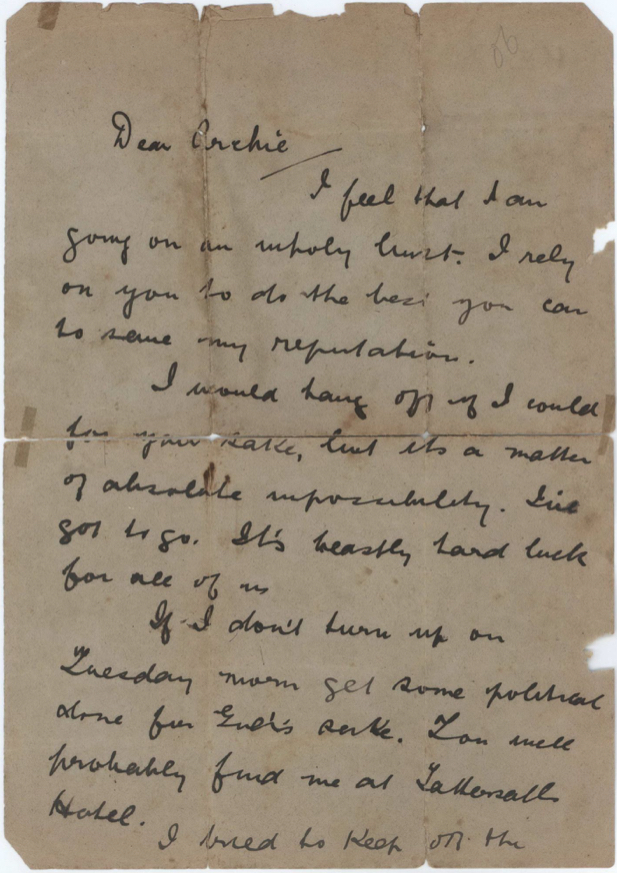
Note from C. J. Dennis to A. E. Martin, nd but est 1906 [Source: Josef Lebovic Gallery, accessed 13 September 2019; click for enlargement or full transcript] |
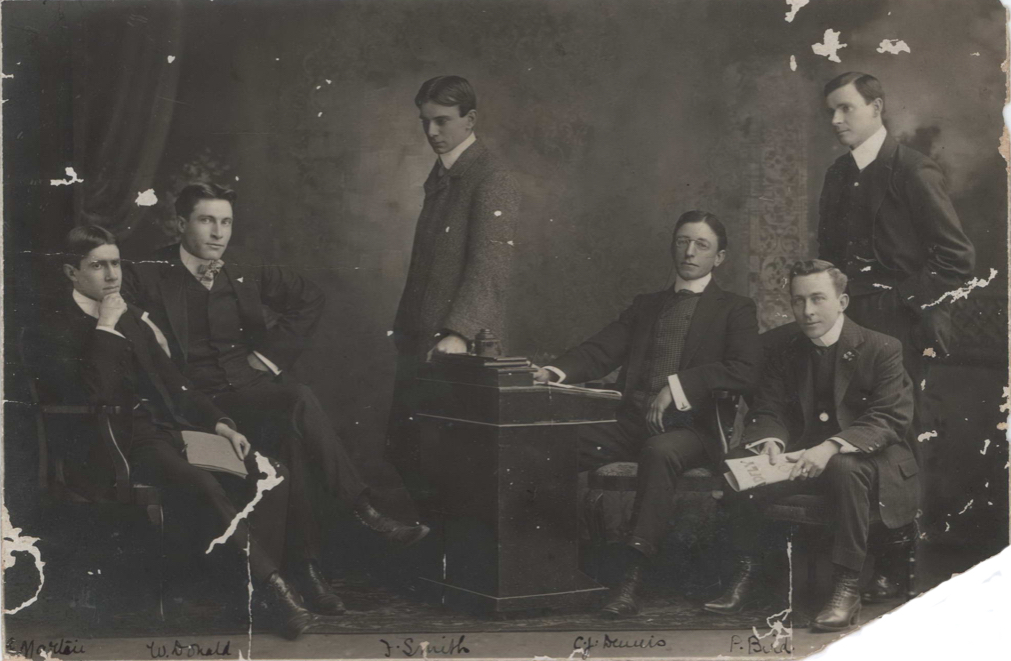 "The Gadfly Group", October 1906
"The Gadfly Group", October 1906Left to right: A E ("Archie") Martin, Bill Donald, Beaumont ("Beau") Smith, C J Dennis, Percy Bird, Geoff Burgoyne [Source: Josef Lebovic Gallery, accessed 13 September 2019]
When Dennis lived in Adelaide, at least 23 other pubs shared the qualities that would have attracted him to the Tattersall's: proximity, professional and personal interests and some sort of direct connection. From this we can deduce what other pubs Dennis might well have patronised. These are listed and plotted on the map below (or in a new window).
Seventeen of the 24 pubs were conveniently close to Dennis' two places of work in north-central Adelaide, 9 of them within a city block (approximately 130 metres) of the offices of The Critic (represented by the blue circle on the map) and 15 of them an equally easy walk from The Gadfly (the yellow circle). Seven were outside these areas, but by only a few steps. In addition, all but one of the pubs (South Australian, 24) were within a city block of tram stops — at the major intersections along King William, Grenfell and Wakefield Streets — for the Kensington and the Marryatville lines on which Dennis would have travelled to and from his residence at his aunts' place in Edwards Street, Norwood. Of course Dennis might well have walked or taken a cab, but his trip home would have started temptingly close to the same 24 pubs.

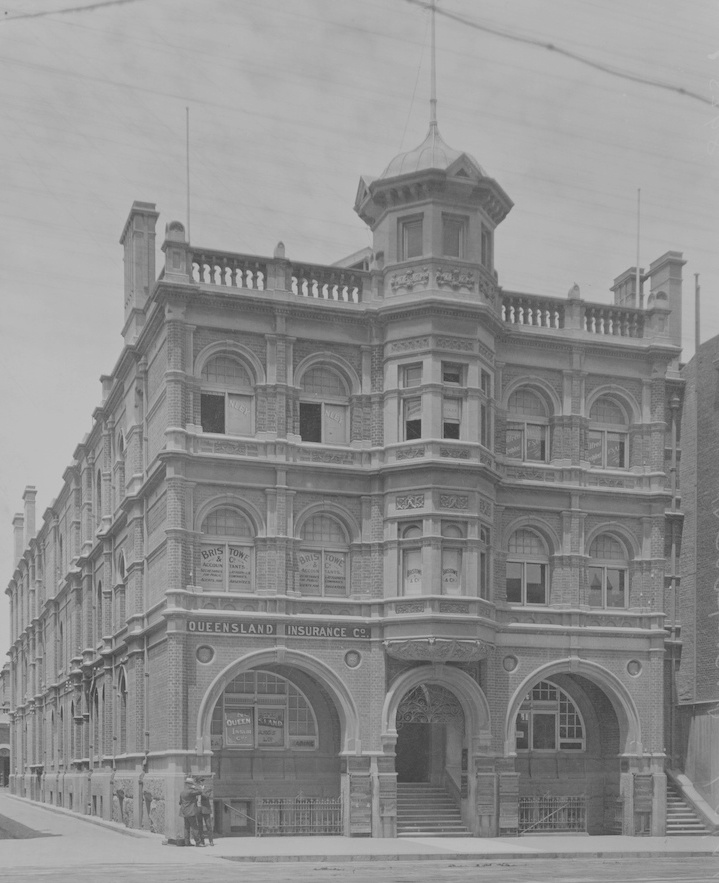
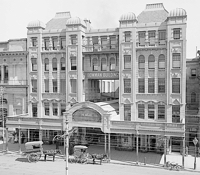
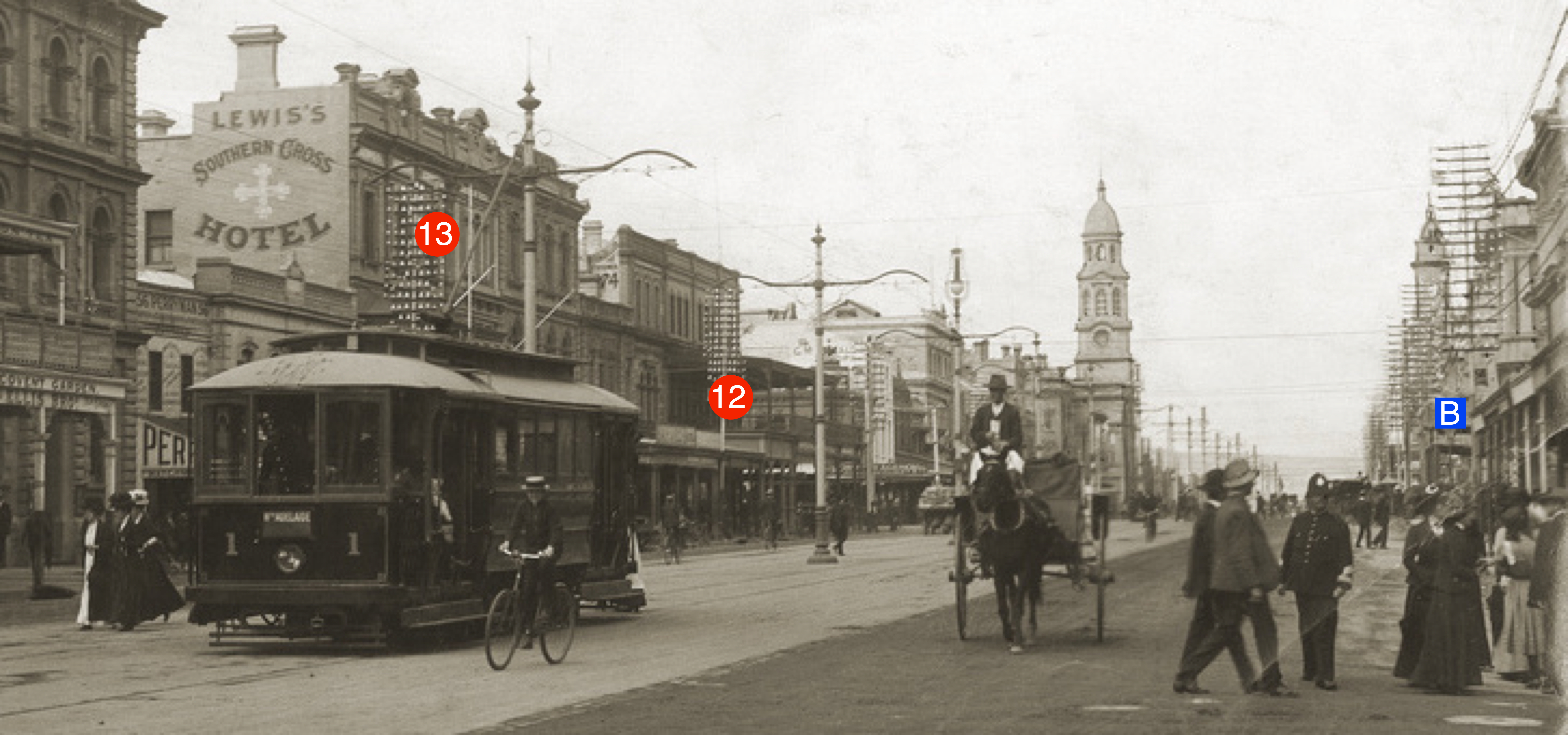
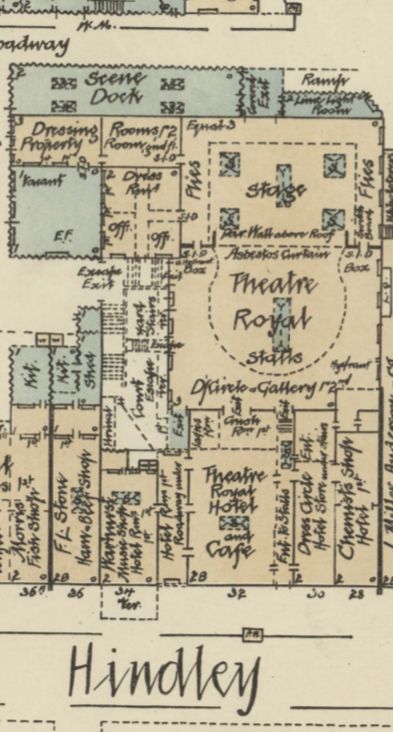
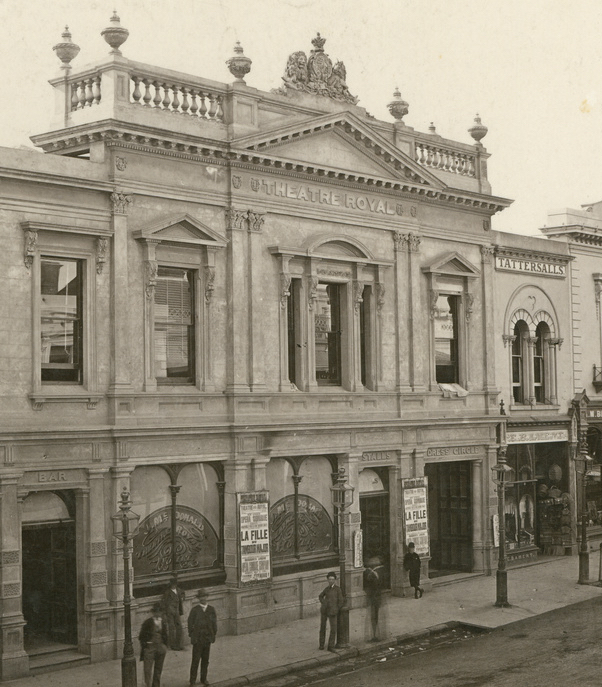 Theatre Royal Hotel (4) and Theatre Royal (E), about 1881
Theatre Royal Hotel (4) and Theatre Royal (E), about 1881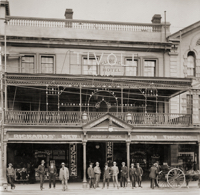
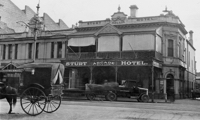
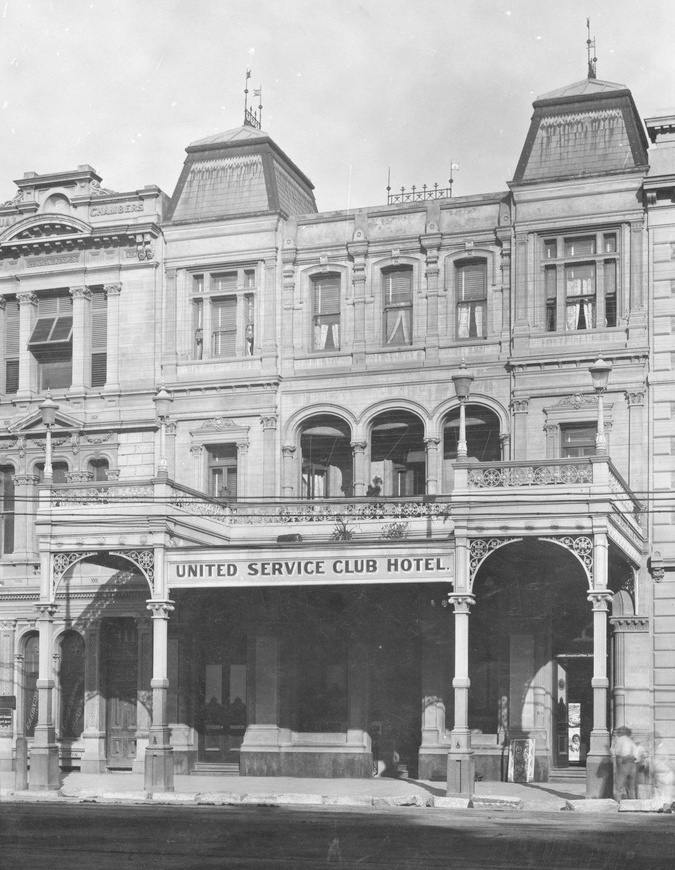
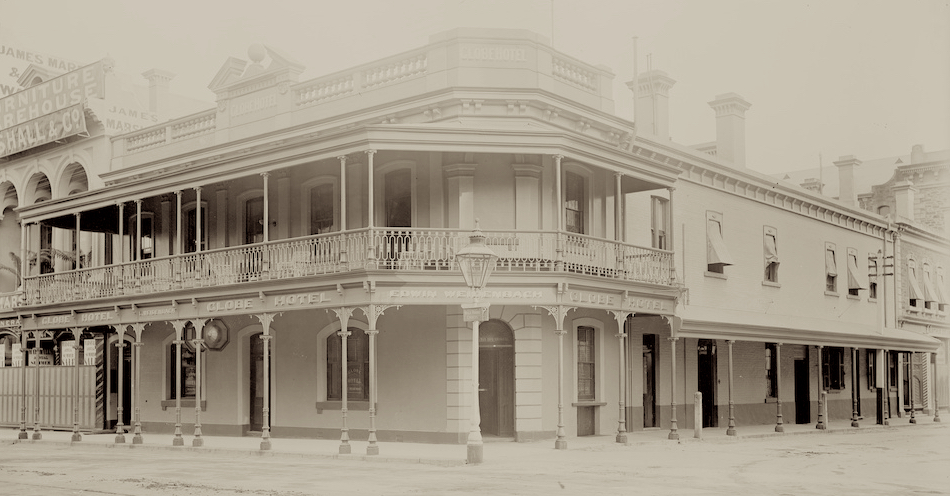 The Globe Hotel (23), 1893
The Globe Hotel (23), 1893
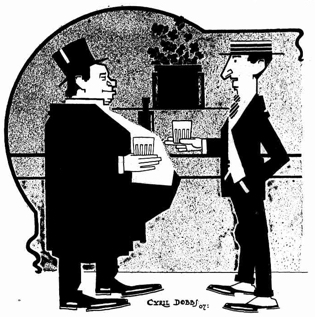
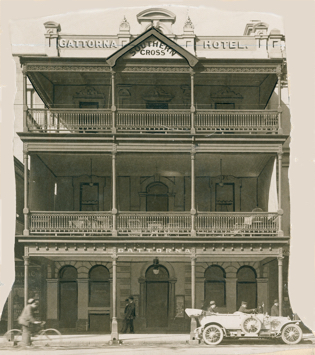 The Southern Cross Hotel (13), about 1913
The Southern Cross Hotel (13), about 1913
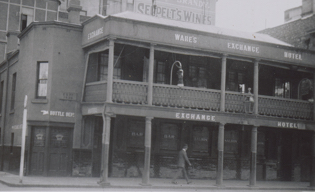 The Exchange Hotel (3), c1920
The Exchange Hotel (3), c1920
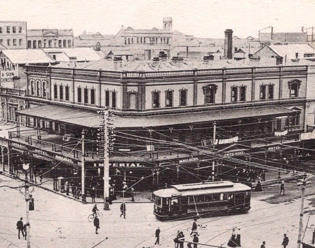 The Imperial Hotel (12), about 1910
The Imperial Hotel (12), about 1910
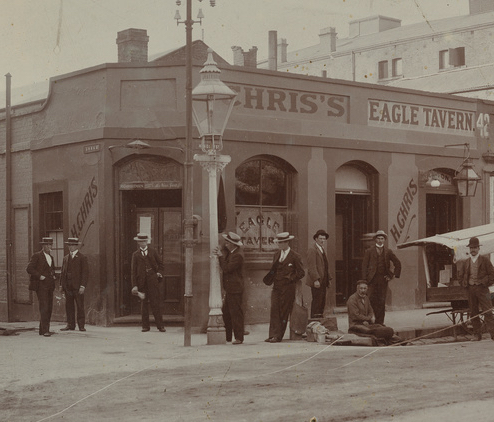 The Eagle Tavern (5), c1903
The Eagle Tavern (5), c1903
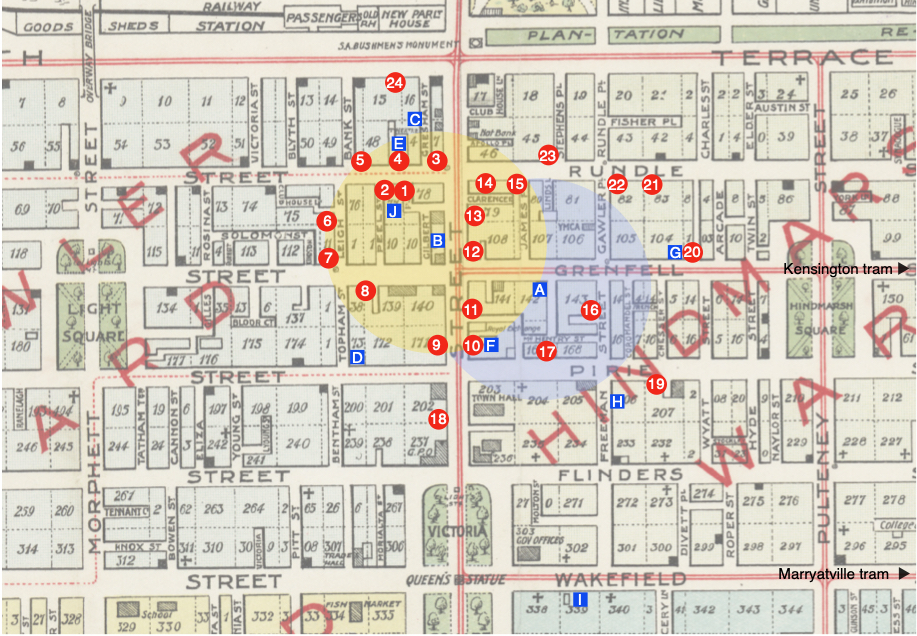
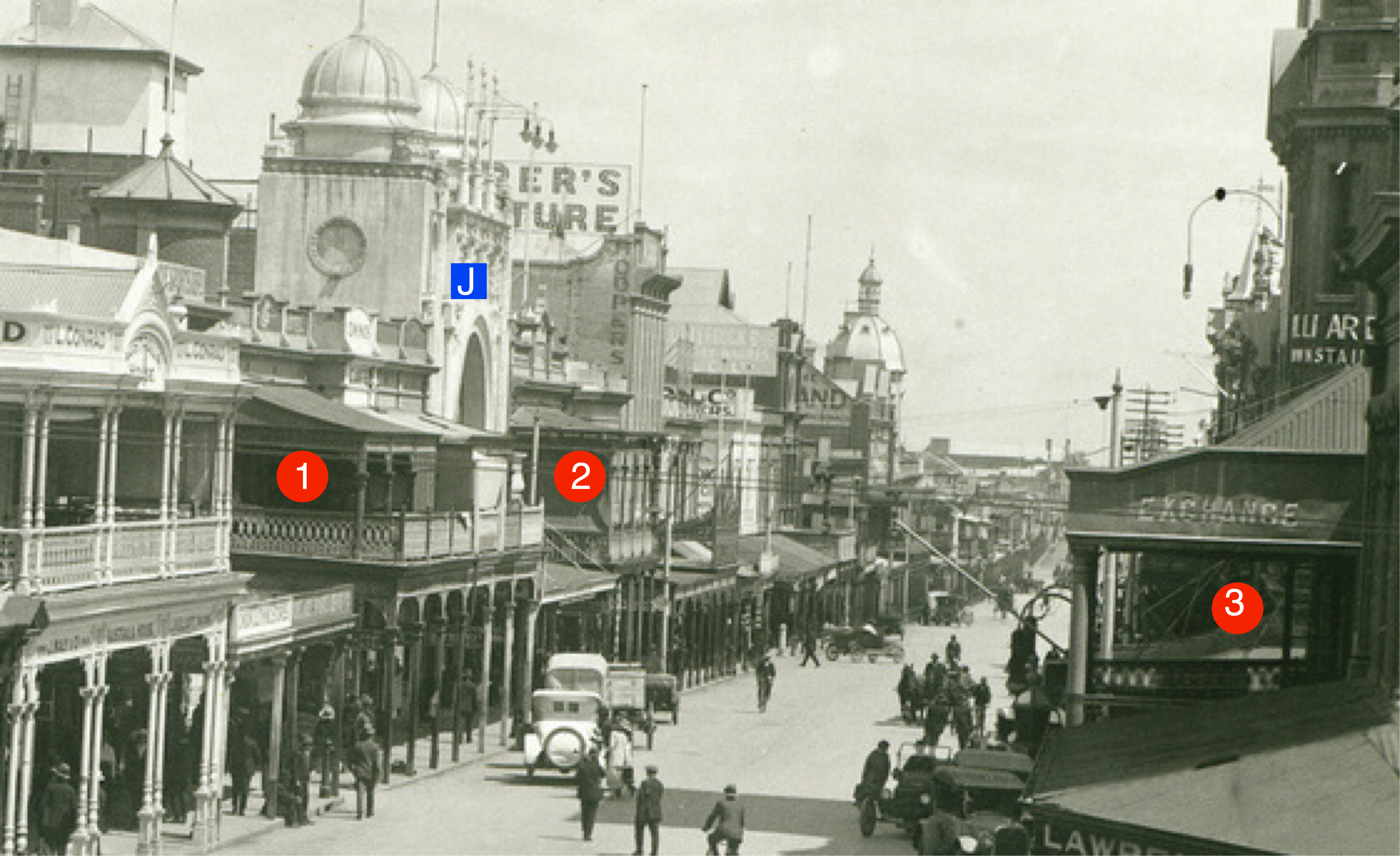 South-eastern end of Hindley Street, about 1920
South-eastern end of Hindley Street, about 1920 
